#Genyornis
Text
Links and propaganda.
Garbina, a cretaceous footprint taxa of a stegosaurid that was a facultative biped
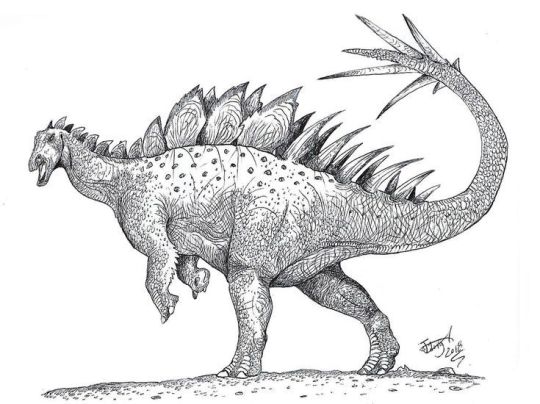
Genyornis, a cenozoic dromornithid bird

Griphognathus, a devonian lungfish

Gyracanthides, a devonian acanthodian shark

#please reblog#feel free to advocate for your favourite#palaeoblr#australian fossil alphabet thing#dinosaur#megafauna#garbina#genyornis#griphognathus#gyracanthides
54 notes
·
View notes
Text
Ideas for weird griffins*, and also names for each one:
Genyornis/Smilodon (Pleistocene Pal)
Anurognathus/Juramaia (Funky Prehistoric Fella)
Pigeon/Fox (Bin Raider)
Chicken/Cow (Delicious)
Dodo/Dikdik (Paradoxical)
Hercules Beetle/Rhinoceros (Charger)
Bumblebee/Sheep (Fluffball)
Duck/Beaver (Platypusn't)
Vulture/Hyena (Scavenger)
Raven/Horse (Nightmare)
Dove/Horse (Majestic Steed)
Stag Beetle/Elk (Forest King)
Crow/Gorilla (Crowrilla)
Robin/Red Squirrel (Woodland Critter)
Parrot/Chameleon (Disguise Master)
Mosquito/Water Deer (Vampiric)
Fly/Rat (Pest)
Quetzalcoatlus/Supersaurus (Prehistoric Demon)
Emperor Penguin/Polar Bear (Cold Fusion)
Flying Fish/St. Andrew's Cross Spider (Loophole King)
Rhinoceros Beetle/Tortoise (Flying Fortress)
Wasp/Wolf (Pack Swarmer)
Superb Bird of Paradise/Echidna (What)
*my definition of what makes something a griffin is if it has the head, wings, front legs and upper-body texture of any winged creature (flighted or otherwise) and the body-shape, temperament, lower-body texture and (optionally) identifying features of any quadruped.
14 notes
·
View notes
Link
Proteins extracted from fragments of prehistoric eggshell found in the Australian sands confirm that the continent's earliest humans consumed the eggs of a two-meter tall bird that disappeared into extinction over 47,000 years ago.
Burn marks discovered on scraps of ancient shell several years ago suggested the first Australians cooked and ate large eggs from a long-extinct bird—leading to fierce debate over the species that laid them.
[...]
According to findings published in the journal Proceedings of the National Academy of Sciences, the ancient eggs came from Genyornis: a huge flightless "mihirung"—or "Thunder Bird"—with tiny wings and massive legs that roamed prehistoric Australia, possibly in flocks.
Fossil records show that Genyornis stood over two meters tall, weighed between 220-240 kilograms, and laid melon-sized eggs of around 1.5 kg. It was among the Australian "mega-fauna" to vanish a few thousand years after humans arrived, suggesting people played a role in its extinction.
Continue Reading.
245 notes
·
View notes
Text
having extinct megafauna sex with my Genyornis newtoni boyfriend
3 notes
·
View notes
Text
Genyornis
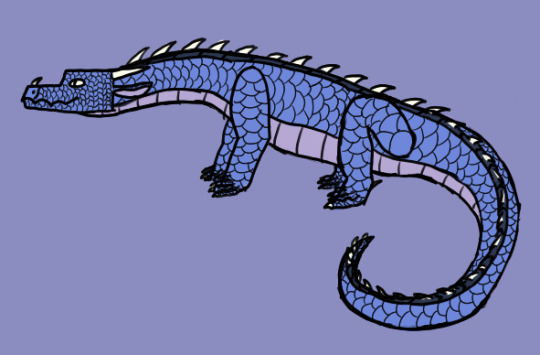
Genyornis, the leader of a cult of wingless dragons known as "The Grounded Drakes"
5 notes
·
View notes
Text


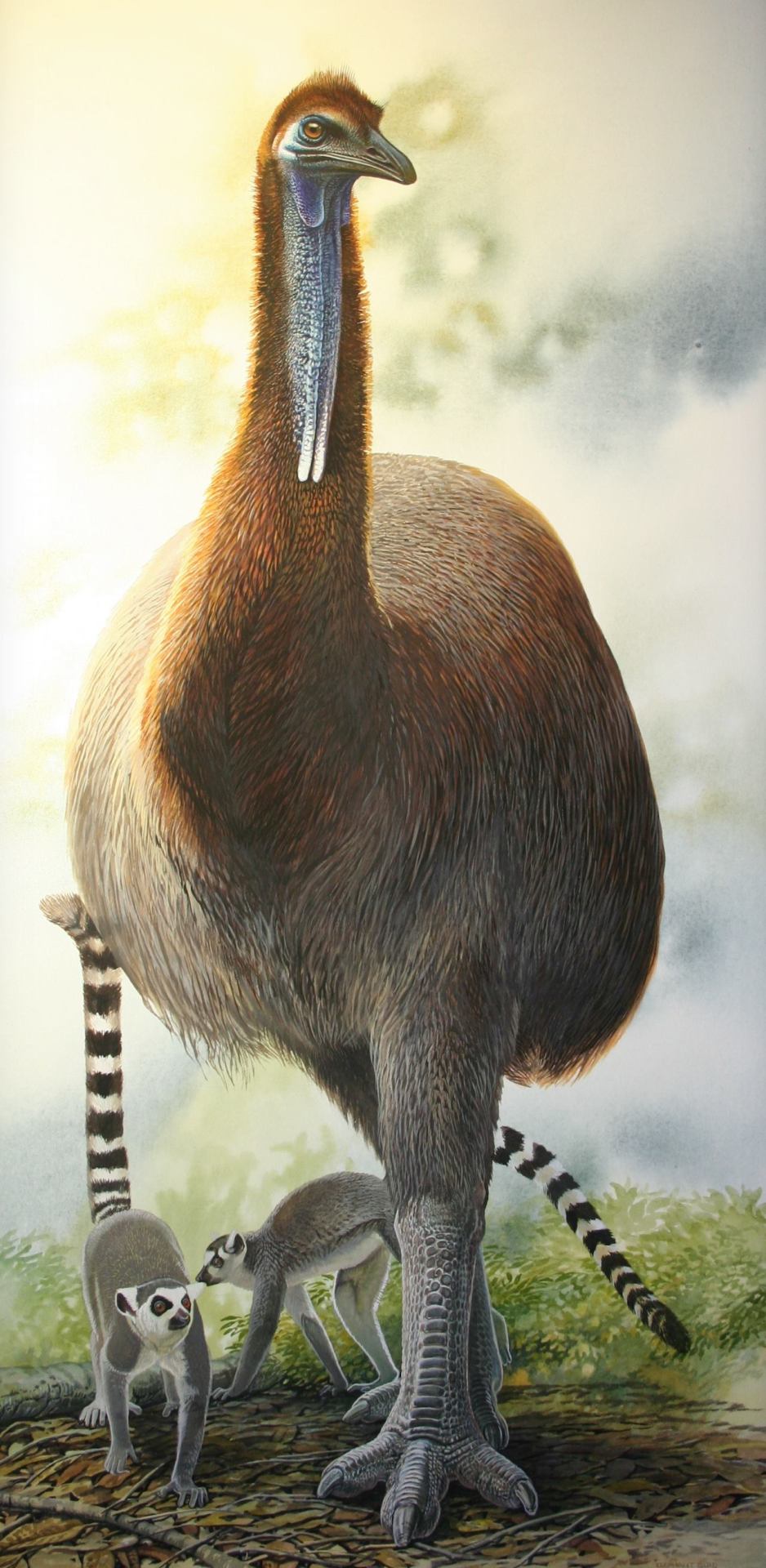

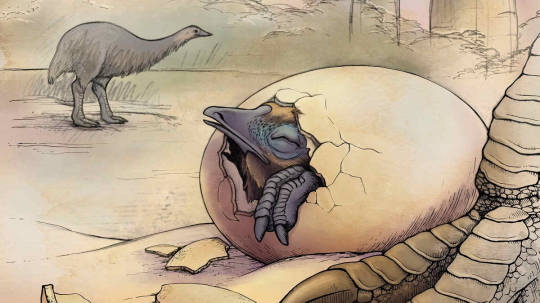






Aepynornis is an extinct genus of elephant bird which was endemic to the island of Madagascar, Aepyornis first split from its elephant bird relative the Genyornis during the Oligocene epoch some 27 million years ago and existed well into the Holocene until around just 1,000 years ago. The first remains of Aepyornis to be scientifically described were actually several partial eggs found in the mid 1800s which were found and studied before any physical remains of the birds themselves. With the type species Aepyornis maximus being established in 1851. The number of species of aepyornis has varied over the years and has been up for debate with some establishing that there are 4 species A. hildebrandti, A. gracilis, A. medius and A. maximus, or that there is only 1 species A. maximus, or that there are 2 species A. hildebrandti and A. maximus. Recently a species Aepyornis titan was placed in the separate genus Vorombe by Hansford and Turvey in 2018, however even more recent genetic testing shows that Vorombe titan to just have been a particularly large population of aepyornis maximus. With the smaller species being roughly 6.6ft (2m) tall and 520lbs (235kg) while the largest individuals reached upwards of 10ft (3m) tall and 2,200lbs (1,000kg) Aepyornis were amongst if not the largest true birds to ever live. They had heads which bore a straight, thick conical beak, long necks, and large rounded bodies with completely vestigial wings and massive robust hind legs. Studies have shown that aepyornis would have sported fairly weak eyesight but an exceptional sense of smell indicating that they may have been primarily nocturnal like there closest living relatives the kiwis of New Zealand. These giants would have dwelled in the forests of Madagascar and fed upon various fruits, leaves, twigs, bark, nuts, shrubs, and grasses fulfilling the niche of megafaunal browser and mixed feeder which is fulfilled by elephants, giraffes, bovids, and cervids on other landmasses.
Art can be found at the following links:
#pleistocene#pleistocene pride#pliestocene pride#pliestocene#ice age#bird#cenozoic#elephant bird#aepyornis#vorambe#madagascar
1 note
·
View note
Text

Mirihung Paringmal
El Mihirung Paringmal es un ave no voladora gigante (más grande que Emu), reportada desde Australia (Oeste de Victoria, Nueva Gales del Sur, Queensland). Conocido por las pinturas rupestres de Cape York, Queensland, y los grabados rupestres de Mootwingee, Nueva Gales del Sur. Las leyendas aborígenes hablan de pájaros gigantes que aún estaban vivos cuando los volcanes estaban en erupción en el distrito occidental de Victoria, más recientemente aproximadamente entre el 3000 y el 2000 a.C.
Recuerdos aborígenes del recientemente extinto Genyornis newtoni, una especie de ave dromornítida del Pleistoceno tardío relacionada con patos y gansos que medía alrededor de 6 pies y 7 pulgadas de alto y sobrevivió al menos hace 26,000 años. Conocido por esqueletos completos cerca del lago Callabonna en el sur de Australia y huesos aislados en otros lugares.
Recuerdos aborígenes de Dromornis stirtoni, una de las aves no voladoras más grandes que jamás haya existido, conocida a partir de fósiles en el Territorio del Norte que datan del Mioceno tardío al Pleistoceno, hace entre 15 y 30 000 años. También un dromornithid, pesaba más de 1,300 libras, medía 9 pies de alto y tenía un pico y una mandíbula enormes.
1 note
·
View note
Text
Elevator Pitch - Racer - Thunder Bird
50 000 years ago, the flightless thunder bird (genyornis newtoni) roamed the forests and planes of northern Australia. With arrival of mankind to the continent, the birds were hunted prolifically for their tasty flesh. In Thunder Bird, the player takes the role of the last surviving thunder bird and must avoid hunters in order to survive for as long as possible.
The player races along the infinite level avoiding the enemies which are human hunters with weapons. The player will be able to move left and right to avoid the enemies. The player will also be able to collet food which will increase their movement speed along the x - axis making it easier to dodge. The buffs gained by eating will slowly deplete over time meaning the player will need to continue to collect 'food' to survive.
Some enemies will deal damage via direct contact with the player whereas other enemies will have projectile attacks that the player will have to avoid. The game ends when the player loses all of their health as a result of melee or projectile attacks.
0 notes
Text
Controversial Prehistoric Egg Identified To Be the Last of the “Demon Ducks of Doom”
Controversial Prehistoric Egg Identified To Be the Last of the “Demon Ducks of Doom”
The only almost completely intact Genyornis eggshell ever discovered. It was located by N. Spooner and collected by Gifford H. Miller, South Australia. The presence of four puncture wounds on the egg indicates that it was predated by a scavenging marsupial. Credit: Gifford H. Miller
Researchers identify ancient birds behind prehistoric giant eggs
A years-long scientific controversy in Australia…

View On WordPress
0 notes
Text
I primi australiani mangiarono uova giganti di enormi uccelli incapaci di volare
I primi australiani mangiarono uova giganti di enormi uccelli incapaci di volare
Un’illustrazione di Genyornis inseguito dal suo nido da una lucertola Megalania nell’Australia preistorica.
Le proteine estratte da frammenti di guscio d’uovo preistorico trovati nelle sabbie australiane confermano che i primi esseri umani del continente hanno consumato le uova di un uccello alto due metri, scomparso per estinzione oltre 47.000 anni fa.
I segni di bruciatura scoperti su…
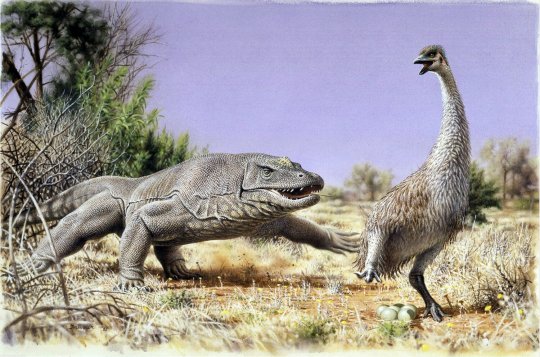
View On WordPress
0 notes
Text
Egg-Eating Ancient Australians Helped Drive 'Thunder Birds' To Extinction
Egg-Eating Ancient Australians Helped Drive ‘Thunder Birds’ To Extinction
Genyornis, or ‘thunder birds,’ went extinct some 47,000 years ago, shortly after humans arrived in present-day Australia.
Australian MuseumA huge flightless bird, Genyornis was a mihirungs dubbed a “thunder bird.”
Many modern-day humans like eating eggs. So did ancient people living in Australia, and a new study suggests that they stole and ate so many eggs from huge flightless birds called…
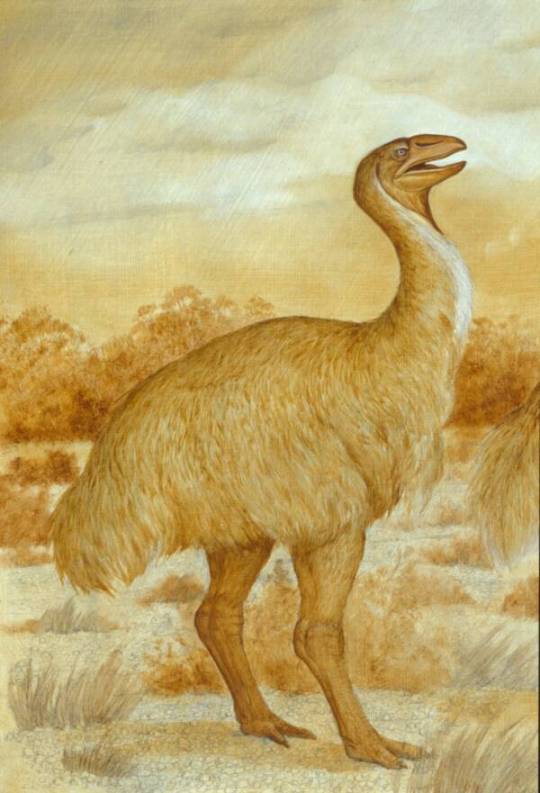
View On WordPress
0 notes
Text
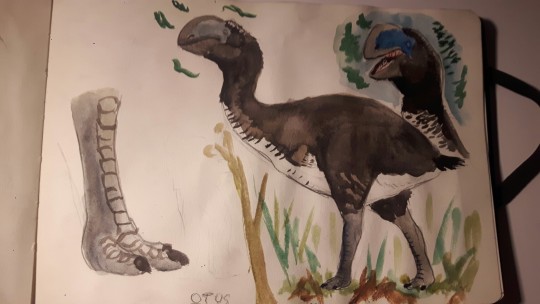
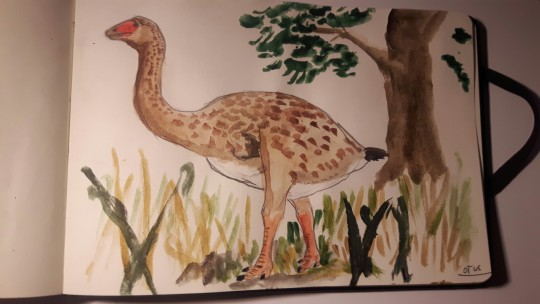
Some watercolour studies of dromornithids, also known as (the much cooler name) Mihirungs. The animals depicted are Dromornis and Genyornis, amd they lived in Australia. Despite their somewhat threatening appearance, they were peaceful browsing herbivores related to ducks and geese, and may have travelled the outback in a rather ponderous manner.
Dromornis (the brown one with a big beak) lived in Australia during the Miocene and the Pliocene, and is probably the most popular mihirung. It was initially thought to be a carnivore, but it's beak was better suited for shearing branches and processing leaves, nuts and fruit. It was still, however, a formidable animal. At 3 meters tall and 700 kilograms, it wad the biggest animal in its environment, and the second largest bird ever.
Genyornis (the tan one with a smaller beak), lived during the late pleistocene, and may have survived long enough to counter humans (and then stop encountering them). It is not as well known as Dromornis, which is a bit of a downer, in my opinion. Of course, it wasn't as big, but at over 2 meters tall and 275 kilograms, it was still a magnificent bird. One can only imagine how ancient people reacted when they first saw a flock (or gaggle?) Of Genyornis calmly stroll through a forest clearing.
#palaeoblr#paleoart#watercolour#genyornis#dromornis#ornithology#birblr#extinct bird#extinct animal#mihirung#dromornithid#megafauna
127 notes
·
View notes
Text
The biggest and slowest don't always bite it first
The biggest and slowest don’t always bite it first
For many years I’ve been interested in modelling the extinction dynamics of megafauna. Apart from co-authoring a few demographically simplified (or largely demographically free) models about how megafauna species could have gone extinct, I have never really tried to capture the full nuances of long-extinct species within a fully structured demographic framework.
That is, until now.
But how do…
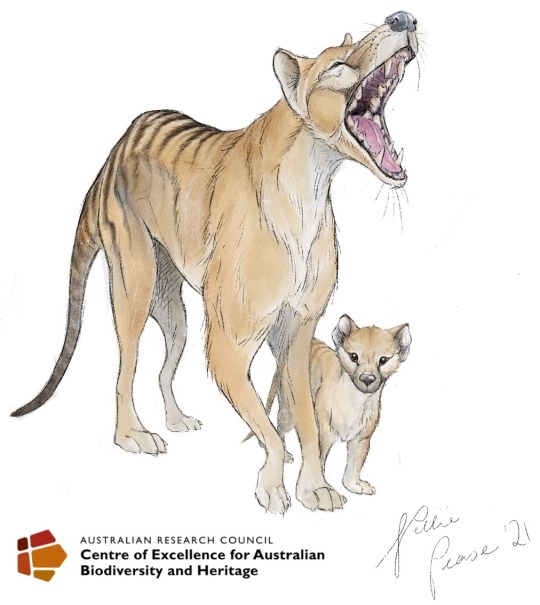
View On WordPress
#Alectura#brush turkey#Dasyurus#demographic model#Diprotodon#Dromaius#echidna#emu#extinction#Genyornis#Kangaroo#megafauna#Megalibgwilia#Metasthenurus#model#Notamacropus#Osphranter#Palorchestes#Phascolonus#Procoptodon#Protemnodon#Sahul#Sarcophilus#short-faced kangaroo#Simosthenurus#Sthenurus#Tachyglossus#Tasmanian devil#Thylacine#Thylacinus
3 notes
·
View notes
Video
flinders_palaeo_society
Mr Burke at work!
Preparing one ginormous #genyornis 😍 for this week’s #fossilfriday.
#Fossil#fossils#bird#fossilfriday#genyornis#australia#rock#bone#paleontology#video#instagram#the earth story
106 notes
·
View notes
Photo
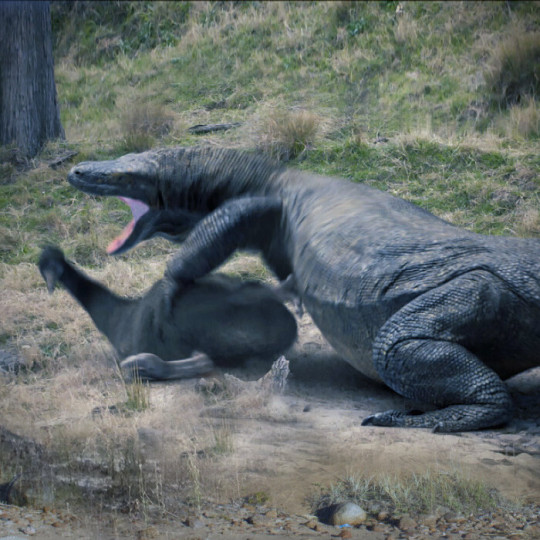
Mega Beasts 2. Megalania, Genyornis and Psilopterus by Vlad Konstantinov https://www.artstation.com/artwork/Kr3AJ9
7 notes
·
View notes